
In a world that moves at a breakneck pace, the allure of Japanese interior design lies in its ability to create oases of tranquillity and mindfulness. This captivating style, rooted in the principles of minimalism and a deep connection to nature, has gained a devoted following in modern cities like Singapore, where urban living often demands innovative solutions to maximise limited space.
By incorporating the following seven key elements, homeowners can infuse their living spaces with the serene beauty and functionality that define Japanese interior design.

At the heart of Japanese minimalist interior design lies the concept of “less is more.” This philosophy encourages a pared-down approach, where every piece of furniture and decor serves a distinct purpose. By embracing clean lines and a limited colour palette, designers create an uncluttered environment that allows the beauty of each element to shine.
The use of natural materials such as wood, bamboo, and rice paper adds warmth and texture, while promoting a sense of harmony with the natural world.

The Japanese concept of “ma” refers to the space between objects, emphasising the importance of negative space in creating balance and harmony. This principle is a crucial aspect of Japanese interior design, as it encourages designers to thoughtfully arrange furnishings and decor to promote a sense of flow and tranquillity.
By leaving room for the eye to rest, “ma” invites occupants to slow down, breathe deeply, and fully immerse themselves in the serene atmosphere of the space.
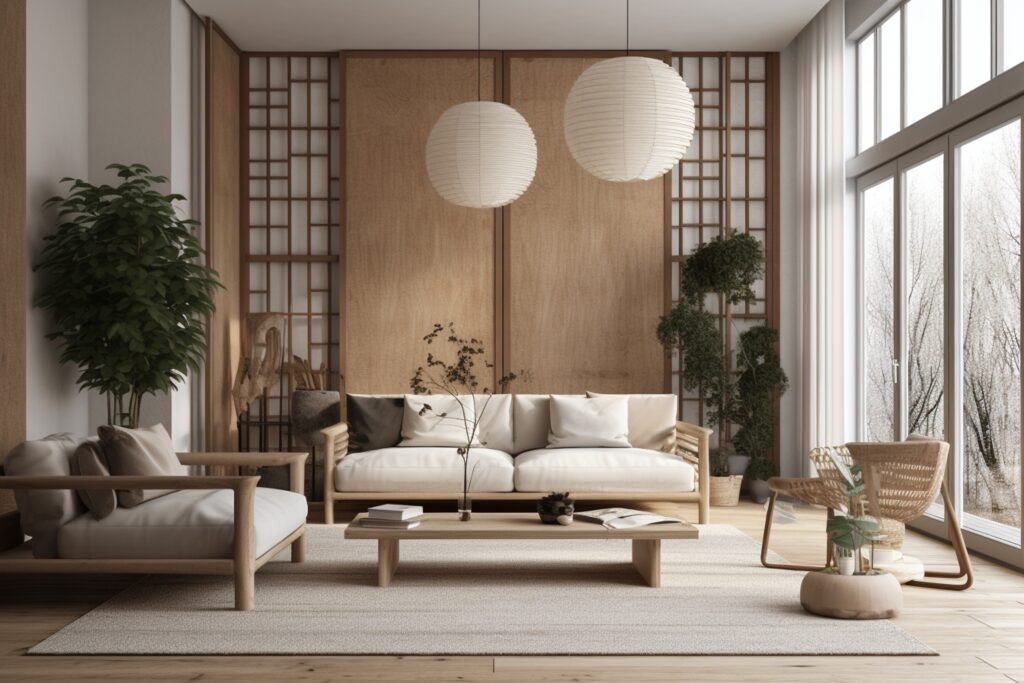
While Japanese interior design is rooted in tradition, contemporary interpretations have emerged that seamlessly blend classic aesthetics with modern elements. Japanese zen interior design, for instance, focuses on creating calming spaces that evoke a sense of peace and mindfulness.
This style often incorporates muted colour palettes, natural light, and minimalist decor, allowing the occupants to find respite from the stresses of daily life. In Singapore, many interior designers are embracing this contemporary approach, crafting homes that reflect the principles of Zen while catering to the needs of modern living.

In urban environments where space is at a premium, Japanese small apartment interior design offers innovative solutions that maximise every square foot. This style emphasises multifunctional furniture and clever storage solutions, allowing homeowners to adapt their living spaces to their evolving needs.
For example, incorporating tatami mats and futon beds creates flexible sleeping and seating areas, while built-in storage units and hidden compartments keep clutter at bay, maintaining the serene atmosphere of the space.
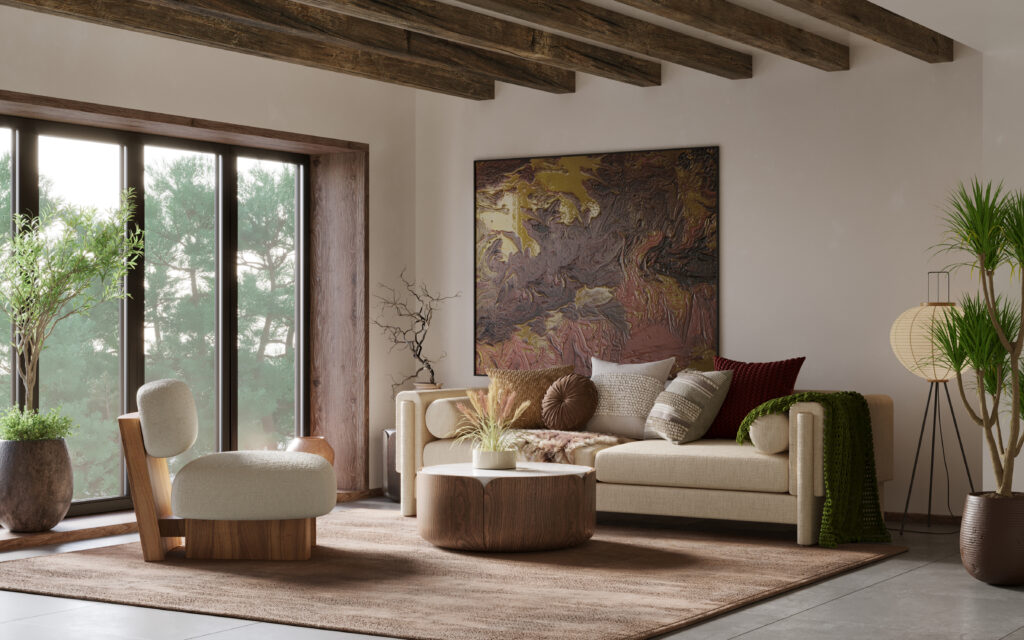
The fusion of Japanese interior design and Scandinavian aesthetics has given rise to the increasingly popular Japandi style. This harmonious blend combines the minimalist principles of Japanese design with the warmth and comfort of Nordic influences.
By incorporating natural materials such as wood and stone, soft hues, and functional yet stylish furnishings, Japandi creates a cosy and inviting atmosphere that resonates with modern homeowners seeking a balance between simplicity and hygge.
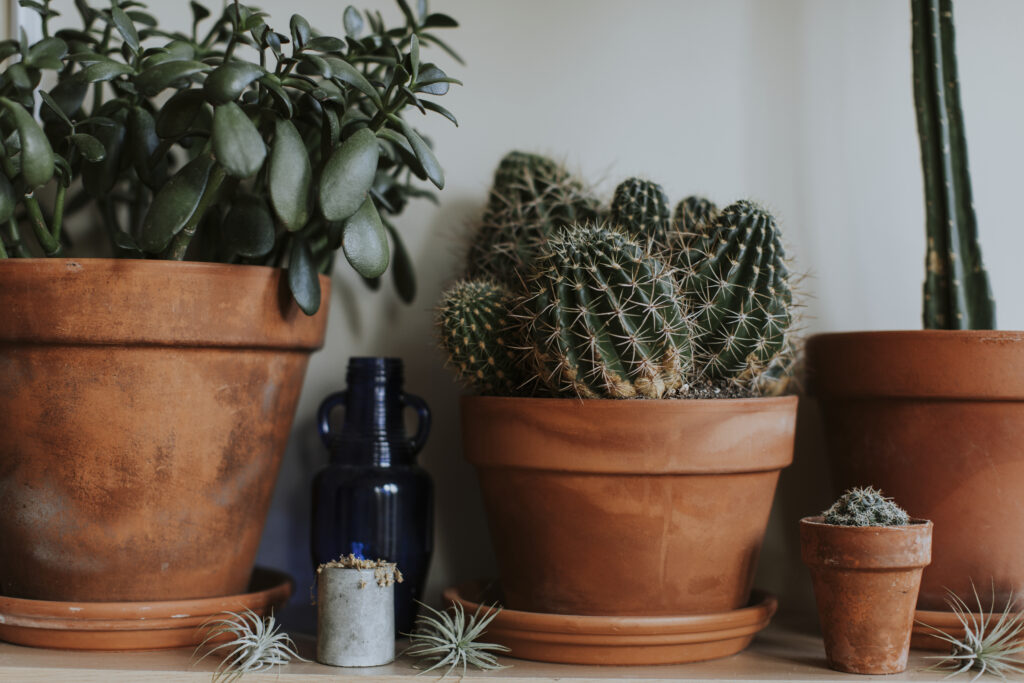
A hallmark of Japanese interior design is the seamless integration of nature into the living space. This can be achieved through the strategic placement of potted plants, the incorporation of natural light, or the use of materials that evoke the beauty of the outdoors.
In Singapore, where urban living can sometimes feel disconnected from the natural world, bringing elements of nature indoors helps to create a sense of balance and well-being.
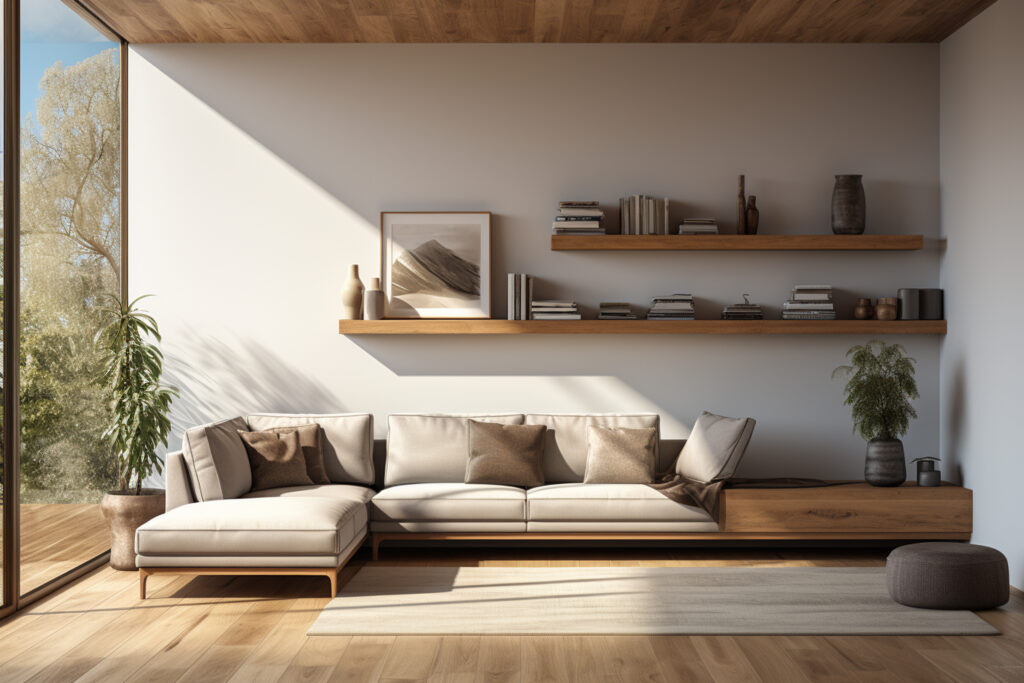
Light plays a crucial role in Japanese interior design, with designers often using it to create a sense of depth and atmosphere. The strategic placement of windows, shoji screens, and lighting fixtures can transform a space, casting a warm glow that enhances the natural beauty of the materials and decor.
In small apartments, the use of light can also create an illusion of spaciousness, making the living area feel more open and inviting.
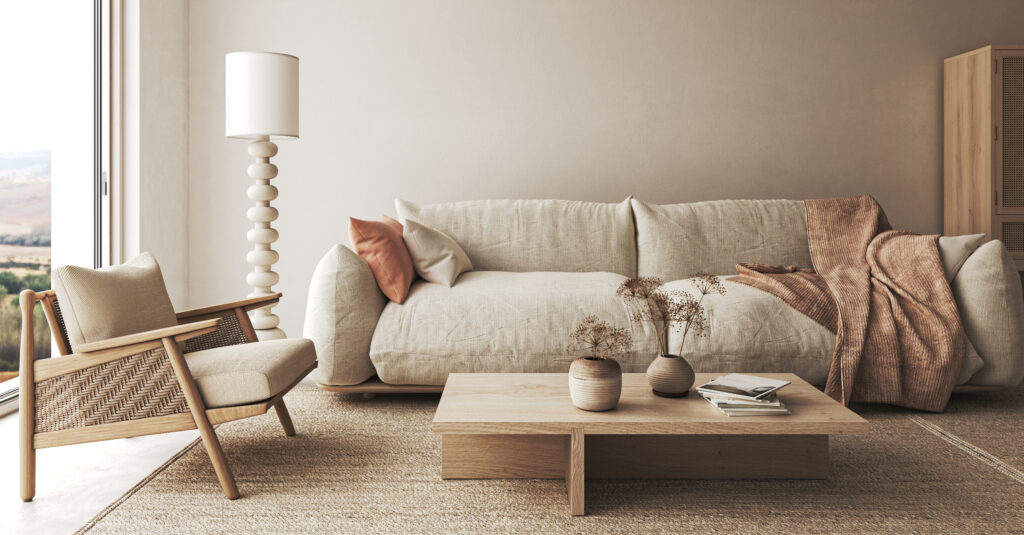
As the world becomes increasingly fast-paced and cluttered, the timeless appeal of Japanese interior design offers a refreshing alternative. By embracing the beauty of simplicity, functionality, and a connection to nature, homeowners can create living spaces that promote well-being, mindfulness, and a sense of calm in the midst of the urban chaos.
Whether through contemporary interpretations or traditional aesthetics, the principles of Japanese interior design continue to inspire and captivate design enthusiasts around the world, including in the vibrant city of Singapore.

While traditional Japanese homes differ significantly from typical Singapore apartments, the principles of Japanese design can be adapted beautifully to our local context.
Singapore’s tropical climate and compact urban living spaces require some creative adaptations:
Key elements of Japanese-inspired interiors include:
Absolutely! The principles of minimalism and efficient space use make Japanese design ideal for compact living spaces.
Start small with natural textiles, low-profile furniture, or a shoji-inspired room divider. Even minor changes can significantly impact the feel of your space.
While high-quality natural materials can be an investment, the minimalist approach often leads to fewer purchases overall. Many elements of Japanese design can be incorporated on various budgets.
At Zenith Arc, we’re passionate about bringing the timeless beauty and tranquillity of Japanese interior design to Singapore homes. Whether you’re looking for a full renovation or subtle Japanese-inspired touches, our team is here to guide you through the process.
Contact us today to begin your journey towards a more serene and harmonious living space.